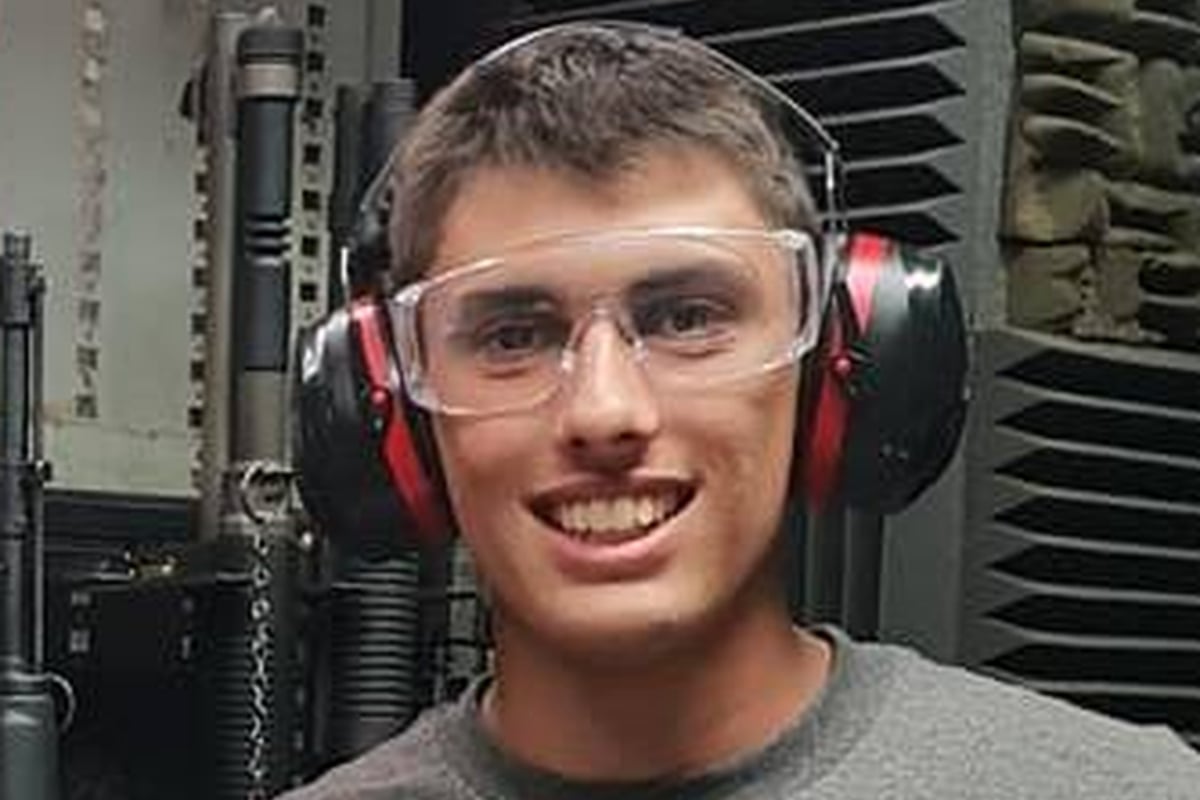
1. “Chaotic, emotionally charged scene.” Teen apprentice dies in Sydney scaffolding collapse.
An 18-year-old apprentice has been crushed to death while a workmate suffered critical injuries after scaffolding collapsed at a construction site in Sydney.
Formworker Christopher Cassaniti, who initially couldn’t be accessed by paramedics, was pronounced dead a few hours after the temporary structure fell at the Macquarie Park building site about 12.20pm on Monday, police say.
When Mr Cassaniti turned 18 last week, his mother Patrizia sung the praises of her “compassionate and shy, yet strong and forever helpful” son.
“We wish you all the best that the world can dish out and May God be forever in your heart and bless you with much joy, happiness and most importantly health,” she posted to Facebook.
His friends posted tributes to Facebook on Monday.
“You were a fantastic bloke and had a heart of gold,” Benjamin Betros said.
“You have been my friend since the first day of kindergarten .. words can’t express how much this hurts,” Bella Mineo said.
His older workmate with lower body injuries was freed by Fire and Rescue NSW workers and taken in a critical condition to Royal North Shore Hospital. Nine News reports he is now in a stable condition.
Tonnes of steel, concrete and meshing were strewn over the site of the Lachlan’s Line apartment complex after the 15-to-17-metre scaffolding tower collapsed.



Top Comments
The Garabage truck driver was innocent from the start, it should never have gone that far (to court). The poor man has been tramatised by the whole event, I do hope his workers compensation is helping him. Sad for the man that died but surely the homeless can go to sleep somewhere out of harms way. Don’t think I’m heartless I’m not I feel for the victim and his family but I can feel the pain of that driver. I would like to see the government build a simple complex where the homeless can get a shower and sleep a safe night. Wake to a good breakfast and go off and have their day. It could be done if they got their priorities right. No Gladys will just build another road or stadium. She is obssessed with roads.